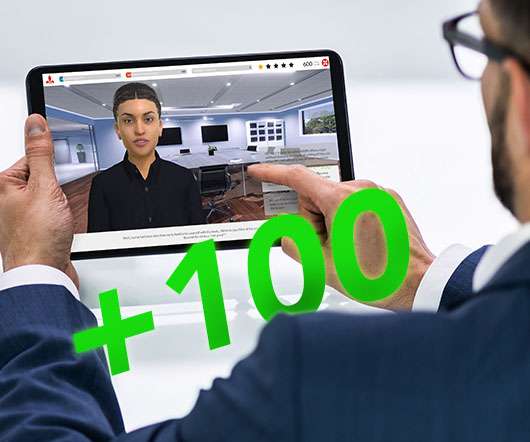Learning in the Modern Workplace is more than training or e-learning
Jane Hart
NOVEMBER 14, 2015
I think I have now pinned down the main reason why some people could not understand the points I was making in my post, The L&D world is splitting in two. It’s because Traditionalists see LEARNING as something to be designed, delivered and managed – in the form of some classroom training or e-learning – and LEARNERS as […].










































Let's personalize your content